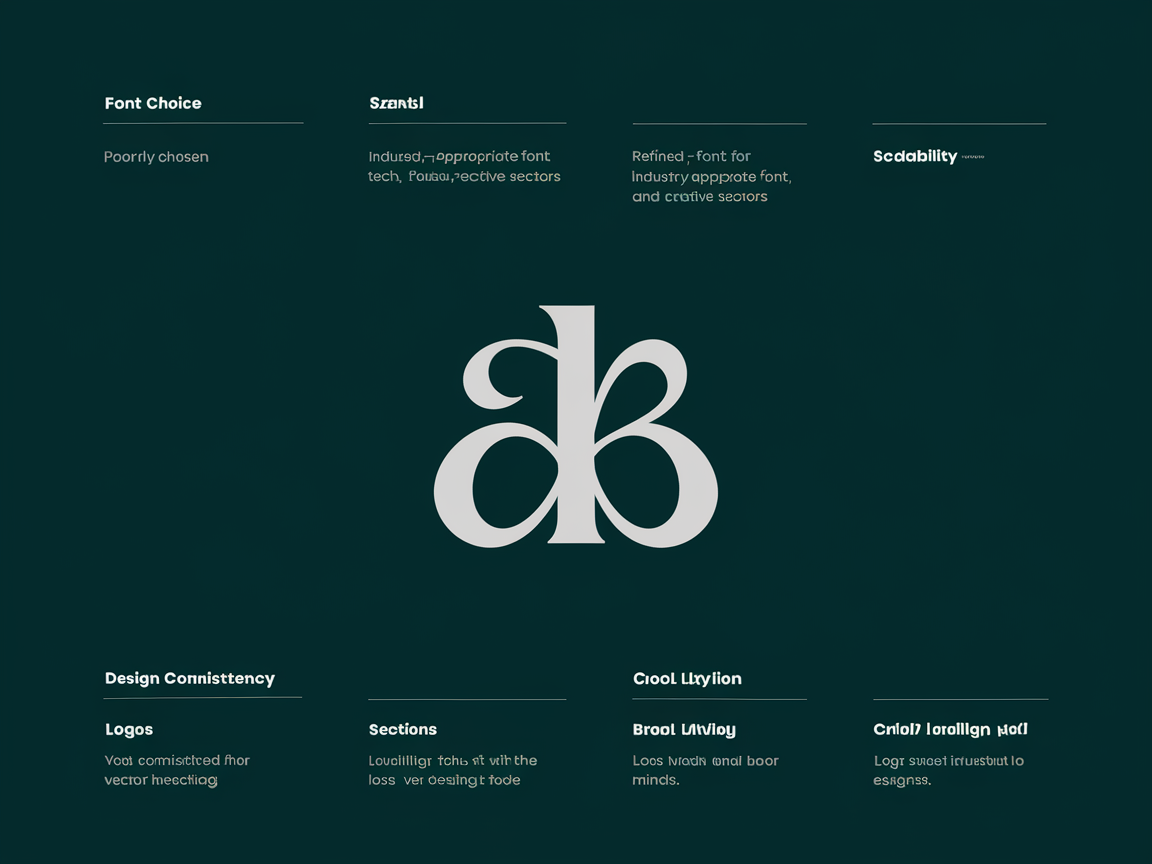The Critical Role of Responsive Design in Modern Web Development
Introduction
In today's ever-evolving digital landscape, the term "responsive design" isn't just a buzzword; it's a necessity. But what exactly does responsive design mean, and why should it matter to you? Simply put, responsive design is the art and science of creating websites that automatically adjust to fit various devices, from desktops to tablets and smartphones. This ensures a seamless browsing experience for every user, no matter how they access your site. So, why is this adaptation so critical in modern web development? Let’s dive in.
What is Responsive Design?
Understanding Responsive Design
Responsive design is all about versatility. It ensures that web pages not only look appealing but also function efficiently across all devices and screen sizes. Gone are the days when web developers focused solely on desktop optimization. The current multimedia age demands robust flexibility.
How Responsive Design Works
At the heart of responsive design is its adaptability. But how exactly does it achieve this? Through key techniques such as flexible images, fluid grids, and CSS media queries. These components work in harmony to ensure your website's layout resizes and reshuffles according to the screen size it's being viewed on.
Importance of Responsive Design
Enhanced User Satisfaction
Imagine navigating a site on your phone and needing to constantly pinch, zoom, and scroll sideways. Frustrating, right? Responsive design eliminates this hassle, enabling a smooth transition from one device to another. This creates a readable and interactive website, paving the way for an exceptional user experience.
Increased Accessibility
In our increasingly digital world, accessibility is not just beneficial—it's essential. A responsive design expands your reach by ensuring websites are usable for everyone, including those using assistive technologies like screen readers. It adapts not just to screen size but also to interface capabilities, offering a complete website experience to all users.
Usability Improvements
Responsive design optimizes usability beyond aesthetics. Whether you're clicking a link, filling out a form, or exploring pages, a responsive design enhances these interactions, encouraging user engagement and satisfaction.
Benefits of Responsive Design for Businesses
Boost in Engagement Rates
With a desktop-like experience on mobile devices, users stay longer, explore further, and interact more. This consistency reduces bounce rates and increases the time spent on a site—a key metric for businesses looking to capture and retain online attention.
Positive Impact on Conversion Rates
A seamless user experience often translates into higher conversion rates. When users find sites easy to navigate and transact with, businesses experience enhanced conversion rates. Companies implementing responsive design frequently report noticeable improvements in sales and customer satisfaction.
Competitive Edge in the Market
In today’s mobile-first world, having a responsive website is crucial for staying competitive. Search engines like Google prioritize mobile-friendly sites, boosting their rankings and visibility. Without responsive design, businesses risk falling behind their competitors.
Implementing Responsive Design
Starting Your Responsive Design Journey
Begin by conducting a thorough audit of your current website. Identify elements that don't translate well across different devices and prioritize areas in need of adaptation. This audit will guide your restructuring process.
Best Practices for Responsive Design
- Flexible Grids and Layouts: Design grids and layouts to adjust fluidly across device sizes.
- Media Queries: Use CSS media queries to tailor styles for varying screen conditions.
- Mobile-First Approach: Design for mobile screens first, ensuring that mobile users have an optimal experience.
- Adaptive Images and Videos: Ensure multimedia elements resize automatically, maintaining quality.
Challenges and the Future of Responsive Design
Common Challenges in Responsive Design
Designing for a multitude of devices can lead to performance issues like slow loading times and inconsistent aesthetics. Balancing these involves careful testing and optimization based on user feedback and technical guidelines.
The Evolving Landscape of Device Diversity
As the variety of devices grows, responsive design must evolve. Emerging trends like custom media queries and AI-driven adaptable designs are beginning to influence the future strategies of responsive web design.
Conclusion
Responsive design is more than just a trend; it's a cornerstone of modern web development. Its advantages extend far beyond aesthetics and usability, directly impacting business performance. As technology continues to advance, the necessity for a seamless, adaptive web experience across devices becomes increasingly apparent.
Through responsive design, businesses and developers can craft more inclusive, effective, and engaging websites that cater to the diverse needs of today's users. So, if you're designing or auditing your website, keep mobile web design at the forefront—responsive is undoubtedly the way forward.









